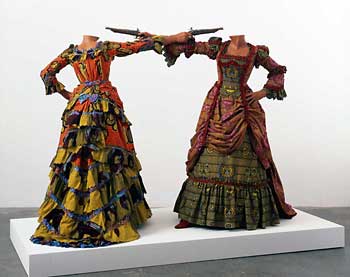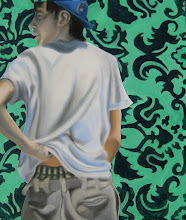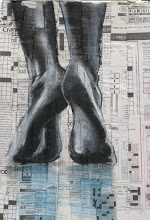15th Century Italian to High Renaissance Study Guide
What you need to know:
• 15th Century Italian – Lorenzo Ghiberti and Brunelleschi Baptistery Door competition, medieval narrative method, Florence Cathedral and who did what with it, Masaccio and perspective, key architects of Early Renaissance, characteristics of Early Renaissance, key players of Early Renaissance , Luca della Robbia, Fra Angelico, Nanni Di Banco, Donatello, Botticelli
• High Renaissance – characteristics of High Renaissance, “Bad Boys” of High Renaissance, key architects of High Renaissance, key patrons (including the Medici family, Sforza and others), Pope Julius II, Raphael, the Pope Pauls, Council of Trent, Savonarola and his significance, Bramante, compositional devices of painters, Ruccellai Palazzo, Palladio architecture, Sack of Rome
• Venetian Renaissance – characteristics of, Palladio and his architecture, Bellini, Giorgione, Titian, development of oil paint (and where from, Corregio Parma Cathedral, Savonarola, Reformation (the beginning of and church reaction)
• Vocabulary – linear perspective, perspectival system, chiaroscuro, sfumato, contrapposto, Neo-Platonism. Poesia, disegno, grisalle, pieta
Images to know:
• 15th Century Italian – Florence Cathedral Doors, Dome, Campanile “niche” art, Gentile da Fabriano Adoration of the Magi, Masaccio (all his work), Botticelli Birth of Venus, Andrea Mantegna Dead Christ and Camera degli Sposa, Palazzo Rucellai, The Davids (Verrocchio and Donatello, Gentile da Fabriano Adoration of the Magi, Nanni di Banco
• High Renaissance – Leonardo everything (Last Supper, Madonnas, Mona Lisa etc.), Michelangelo everything (David, tomb, Sistine Chapel etc.), Bramante’s Tempietto, Titian Meeting of Bacchus and Ariadne, Venus of Urbino, Madonna of the Pesaro Family, Assumption of the Virgin, Palazzo Rucellai
• Venetian Renaissance – Titian Venus of Urbino, Bellin San Zaccaria Altarpiece, Correggio Assumption of the Virgin, Giorgione
Subscribe to:
Post Comments (Atom)








No comments:
Post a Comment